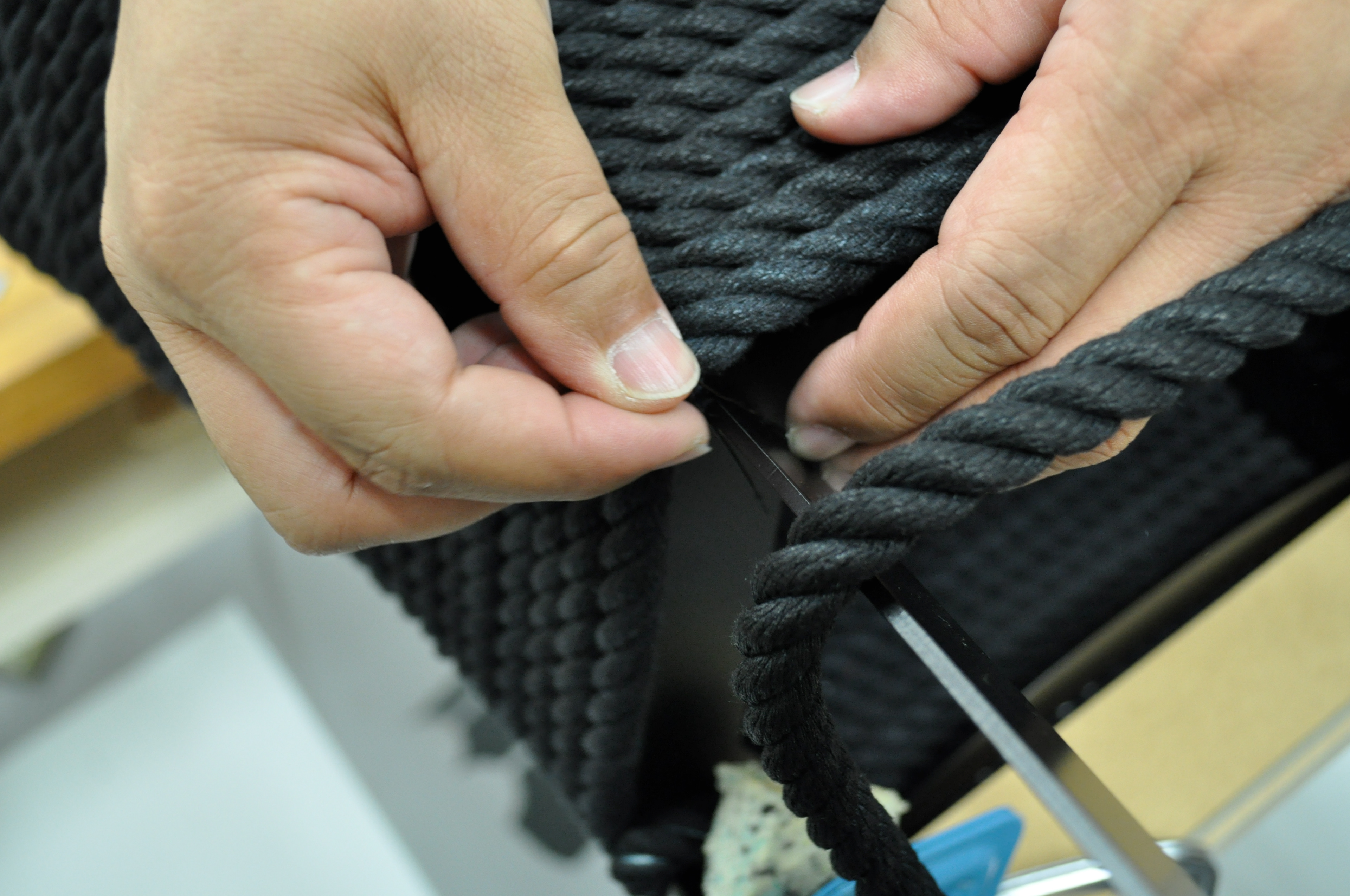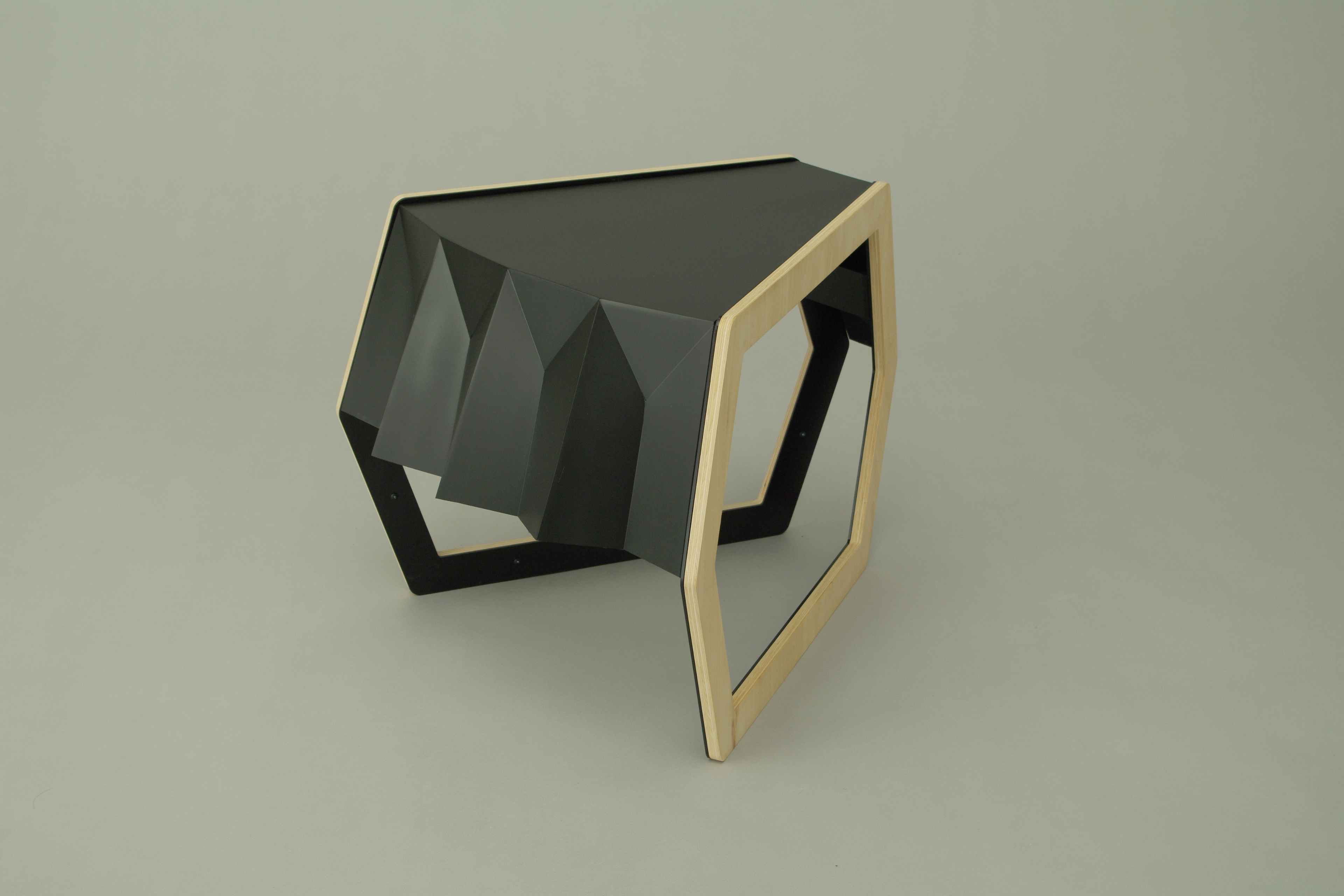TRADITION AND INNOVATION THROUGH INDUSTRIAL DESIGN
本計画は独立行政法人・国際協力機構(JICA )による、第38 回日墨交流計画 工業デザインコースとし
て企画され、当大学での受け入れ研修を実施したものである。
研修員: Mr. Guadarrama Favela Marco Antonio
研修員2 名はメキシコで美術系大学を卒業、すでに数年の実務経験を持ち、今回のプログラム参加によっ
て、日本の伝統的文化から現代までの実態を幅広く調査体験し、メキシコ文化との比較分析を通してデザ
インの普遍的な部分(本質)を導き、それを基に新たなデザインの可能性を探ることを目的としたもので
ある。 6 ヶ月間の間に、富山を中心とした北陸地区、京都、東京、直島アートフェスタなどにおける日本の文化、
社会の体験調査をもとに、設定した以下の3 課題をこなした。
日墨文化の比較
その文化比較に基づいた生活のための新たな機器のデザイン
研修員自身が設定したテーマによるプロダクトデザイン
本報告書は、その概要をまとめかつ記録として残すものである。
て企画され、当大学での受け入れ研修を実施したものである。
研修員: Mr. Guadarrama Favela Marco Antonio
研修員2 名はメキシコで美術系大学を卒業、すでに数年の実務経験を持ち、今回のプログラム参加によっ
て、日本の伝統的文化から現代までの実態を幅広く調査体験し、メキシコ文化との比較分析を通してデザ
インの普遍的な部分(本質)を導き、それを基に新たなデザインの可能性を探ることを目的としたもので
ある。 6 ヶ月間の間に、富山を中心とした北陸地区、京都、東京、直島アートフェスタなどにおける日本の文化、
社会の体験調査をもとに、設定した以下の3 課題をこなした。
日墨文化の比較
その文化比較に基づいた生活のための新たな機器のデザイン
研修員自身が設定したテーマによるプロダクトデザイン
本報告書は、その概要をまとめかつ記録として残すものである。
2010 年11 月5 日
富山大学/芸術文化学部
松原 博
矢口 忠憲
内藤 裕孝
富山大学/芸術文化学部
松原 博
矢口 忠憲
内藤 裕孝
--------
This program was planned by JICA as No.38 Exchange program between Japan and Mexico and was conducted by Toyama University. The purpose of this program is to find new design potentials based on wide research and experience of Traditional and modern Japanese culture and society. Three given subjects are Cultural comparison between Japan and Mexico, a new life wear design based on the research, and a new product design (free theme) This report is the summary and the record of the activity.
Nov.5 2010
Hiroshi MATSUBARA, Tadanori YAGUCHI, Hirotaka NAITO. Faculty of ART and Design University of TOYAMA
Toyama University in Takaoka Japan - 2010
THE PURPOSE
The purpose of this course is to pursuit for quality of design through comparing the Mexican culture with Japanese culture and confirming each features and common points in both culture. Moreover, this course will give the chance to build a design concept from a "edge case" viewpoint and to design inspired on the material and technology in Japan and Mexico.
The project was developed with the advisors consultancy and supervision in weekly meetings as well as short study trips and visits to industrial companies to know actual designing and manufacturing in Japan. Fieldwork included companies located in Toyama and short trips to Tokyo, Kyoto, Naoshima, Inami, Gokayama and Takayama
The project was developed with the advisors consultancy and supervision in weekly meetings as well as short study trips and visits to industrial companies to know actual designing and manufacturing in Japan. Fieldwork included companies located in Toyama and short trips to Tokyo, Kyoto, Naoshima, Inami, Gokayama and Takayama
Visual diary of one day in Japan - 2010
THE INSPIRATION - MEXICO
Mexico is a country wealthy of tradition and culture. It´s arts and crafts are recognized all over the world for their unique aesthetics and quality. Although there was a time when Mexico’s cultural history was left behind in favor of trends from Europe and the US. Mexicans are increasingly looking inward.
Mexico’s new wave of designers is changing the way we create and produce new products. The new generation of design mavens look to the past to create a very contemporary present.
The snake is a symbol of the earth and, in certain pre-Hispanic traditions in Mexico, a representation of Quetzalcoatl; more specifically, in Aztec (Mexica) tradition, the snake is the representation of Coatlicue, the personification of earth and mother of Huitzilopochtli.
Quetzalcoatl head in Mexico
THE INSPIRATION - JAPAN
The Gion Matsuri (祇園祭), the festival of Yasaka Shrineis the most famous festival in Japan. It takes place over the entire month of July. There are many different events, but the grand procession of floats (Yamaboko Junko) on July 17 is particularly spectacular.
The word Yamaboko refers to the two types of floats used in the procession: the 23 yama and 10 hoko. One of the main reasons the Gion Matsuri is so impressive is the enormity of the hoko, which are up to 25 meters tall, weigh up to 12 tons, and are pulled on wheels as big as people. Both yama and hoko are elaborately decorated and represent unique themes.
Under all the magnificence of this floats I found this simple yet elaborated string of ropes that hold the structure together. I was surprised to find a material that is so common to see in Mexico yet used with such delicacy and elegancy in Japan.
Yamaboko float, Gion Matsuri - 2010
THE PROCESS
My project was about exploring new design aesthetic that combine industrial production with hand made elements. A design estethic inspired by Mexican culture but determined by hybrid production methods. Exploring a future of Mexican design that is hybrid made.
Taking the snake and the ropes as a starting point, I decided to let materials create the shape of the product, I started my aesthetic research using mainly cable and rope to explore organic shapes.









Snake system sketches - 2010
THE PRODUCT
Snake Sytem (ヘビ) is a modular urban furniture collection inspired by "yamaboko" parade floats. The structure is made by laser cutting Aluminium and then wrapped around with Japanese black rope. This piece explores the aesthetic possibilities of furniture production using both technology and craftsmanship.
The piece was part of the exhibition "Tradition and Innovation" held at Toyama University to celebrate the exchange program between Mexico and Japan over the last 10 years. Sharing ideas and points of view with students of the Industrial Design program at Toyama has been one of the most enriching experiences of my professional life.



Snake system, bench and side table - 2011
THE EXHIBITION



Snake system exhibition, Toyama university - 2011
THE PEOPLE
To Hiroshi Matsubara, Tadanori Yaguchi and Hirotaka Naito who I respect for their professional experience and admire for their human kindness. Your patience, support and knowledge will accompany forever. Arigato gozaimasu senseis.
Geisha or Maiko dinner show in Kyoto - 2010





